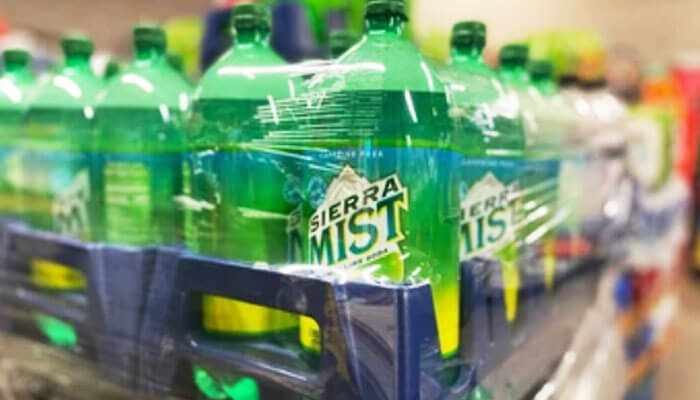
In January of 2023, PepsiCo bid farewell to its legendary lemon-lime soda, Sierra Mist, and made room for a new entrant onto the scene: Starry. As a spicy, citrus-based rival to Sprite, Starry came out swinging to catch Gen Z shoppers' eyes with its provocative branding and crisp taste. But everything did not go according to plan with the transition from Sierra Mist to Starry. Let's get a little closer to examining what did not go so well.
1. Brand Identity Confusion
Sierra Mist has also experienced some recent rebrandings, including "Mist Twst" and "Sierra Mist Natural," which produced a fractured brand experience. The disorientation led to consumers not being able to relate well to the brand. The abrupt change to Starry without justification meant that the majority of loyal customers felt alienated and still nostalgic for Sierra Mist.
2. Inconsistencies in Taste Profile
Although Starry was intended to be bolder citrus-tasting, customers complained that the new taste was too similar to Sierra Mist and that it was not distinctive enough to hold its own in the crowded lemon-lime soda market. Others grumbled that the high-fructose corn syrup in Starry, as opposed to the cane sugar in Sierra Mist, created a more unappealing taste to devotees of the latter's flavor.
3. Legal Controversy and Public Perception
A viral rumor posted by TikTok influencer Cierra Mist stated that PepsiCo renamed Sierra Mist to Starry due to a trademark dispute over her name. Though the rumor spread widely, fact-checking revealed that PepsiCo still owned the trademark for "Sierra Mist," and the renaming was one of many moves in a bigger strategy to counter Sprite. The controversy could have contributed to public suspicion of the rebranding motive, though.
4. Market Reception and Sales Performance
Starry's rebranding attempts, though, were not successful enough to capture impressive market share. Sprite continued dominating the lemon-lime soda market, and Starry's performance was nothing to write home about. PepsiCo's attempt at introducing Starry as a new-age, Gen Z-centric brand lacked the desired success, leaving one questioning whether the rebrand succeeded.
The transition from Sierra Mist to Starry indicates the complexity that is associated with rebranding. Despite the intention to revive the product and target the young generation, the execution suffered in terms of brand identity, taste differentiation, public perception, and market performance. In future rebranding activities, there is a need to have a direct line of communication with the customer, there needs to be continuity in brand identity, and the product needs to stand out individually amidst competition.


Write a comment ...